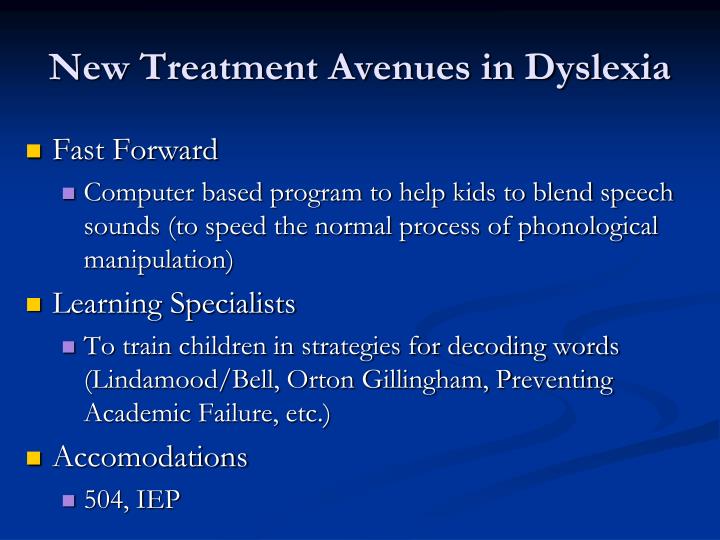

The exercises being trialled by the children in Birmingham mimic the early stages of infancy, when a child's normal crawling and stretching movements kick-start the development of the brain, and establish the foundations of the motor skills required for reading.
#Wynford dore program exercises for back series#
"Imagine trying to read a book on the back seat of a car where the drive involves a long series of winding roads," says Goddard Blythe. These children find reading difficult because they lack the combination of head control and balance needed to follow a line of text on a page. Children with learning difficulties often hold a pen with a fist, an indication of a lack of fine motor control. These primitive reflexes aid the normal development of the foetus in the womb, but Goddard Blythe argues that retention of the reflexes beyond infancy will hinder the child's brain development.Ĭrucially, hand-eye coordination could be impaired, as could the functioning of the inner ear, but both of these are essential for reading. Her approach is based on the theory that learning difficulties, including dyslexia, can be caused by retained infant reflexes. Along with Peter Blythe she has been researching exercise-related approaches to learning difficulties for more than 20 years. Goddard Blythe is based at the Institute for Neuro Physiological Psychology (INNP) in Chester.

"It may sound far fetched," says Sally Goddard Blythe, who is supervising the Birmingham study, "but the science is well established." The theory is that successfully standing on one leg is intrinsically linked to reading ability. What the children do not know is that these stretches and balancing movements are part of an experiment into exercise-related approaches to learning difficulties.


 0 kommentar(er)
0 kommentar(er)
